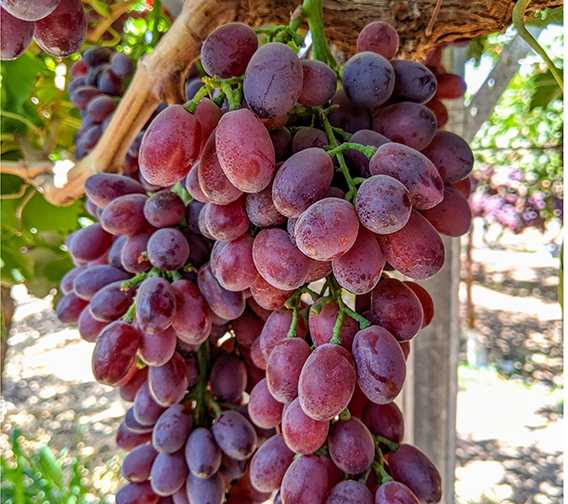Numbers Of Organic Farms, Sales, Continue To Soar
The USDA announced recently that the organic industry continues to show remarkable growth domestically and globally, with 19,474 certified organic operations in the U.S. and a total of 27,814 certified organic operations around the world.
According to data released by the Agricultural Marketing Service’s (AMS) National Organic Program (NOP), the number of domestic certified organic operations increased by more than 5% over the last year. Since the count began in 2002, the number of domestic organic operations has increased by an astounding 250%.
“As demand for organic products continues to soar, more and more producers are entering the organic market,” said Agriculture Secretary Tom Vilsack. “USDA tools and resources have created opportunities for organic farmers and more options for organic consumers.”
Growing demand for organic goods can be especially helpful to smaller family operations, said Vilsack said.
“The more diverse type of operations and the more growing market sectors we have in American agriculture, the better off our country’s rural economy will be,” he said.
Organic Produce Explodes
Organic fruits and vegetables continued to be the biggest-selling organic category in 2014 with $13 billion in sales, up 12% from the previous year, and making up more than 36% of all organic food sales. Of all the produce now sold in the U.S., 12% of it is organic, a market share that has more than doubled in the past decade. In 2004, organic produce sales accounted for only 5% of the fruit and vegetable market.
Vilsack said USDA is committed to connecting organic farmers and businesses with resources to ensure the continued growth of the organic industry. Along with programs to support conservation, provide access to loans and grants, fund organic research and education and promote integrated pest management, USDA administers organic certification cost share programs to offset the costs of organic certification for U.S. producers and handlers nationwide.
Now, USDA is using funding from the 2014 Farm Bill to develop the Organic Integrity Database, a modernized certified organic operations database that will provide accurate information about all certified operations that is updated on a regular basis.
The modernized system will allow anyone to confirm organic certification status using the online tool, support market research and supply chain connections, allow international verification of operator status to streamline import and export certificates, and establish technology connections with certifiers to provide more accurate and timely data. The initial launch is planned for September.
Organic Anything Grows
Americans simply can’t get enough of organic products in general, according to the latest survey on the organic industry from the Organic Trade Association (OTA).
Sales of organic food and non-food products in the U.S. broke through another record in 2014, totaling $39.1 billion, up 11.3% from the previous year, according to OTA’s latest survey on the organic industry.
Organic food products, as might be expected, represented the lion’s share of sales. Despite the industry struggling with tight supplies of organic ingredients, organic food sales in 2014, at $35.9 billion, posted an 11% rise. Organic non-food sales, at $3.2 billion, jumped almost 14% for the biggest annual increase in six years.
Organic foods have long had the reputation of being a mainstay on both coasts. According to OTA market research, that held true in 2014 with nearly 90% of American households on the West Coast and in New England making organic a part of their supermarket purchases. But even in the southern states, that figure ranged from a low of 68% to a high of 80%.
“Our latest industry data show robust demand and great opportunity for the organic sector,” said Laura Batcha, OTA CEO and executive director. “OTA’s consumer survey has already found that organic doesn’t have any demographic boundaries; this additional new data prove it doesn’t have regional or partisan boundaries.”
Survey Says
OTA’s Organic Industry Survey was conducted earlier this year and produced by Nutrition Business Journal. More than 200 companies responded to the survey, conducted Feb. 10 through April 3. The full survey results were to be released in late May.
The U.S. organic sector has expanded significantly since OTA first began tracking the industry’s performance 18 years ago. In 1997, organic food sales totaled around $3.4 billion, and accounted for less than 1% of total food sales. In 2014, organic food claimed almost 5% of the total food sales in the U.S., and has consistently boat-raced the 3% growth pace of the total food industry.
In announcing the survey results in Washington, D.C., where representatives of the two major political parties make it a point of pride to disagree on just about everything, Batcha noted that there is one concept that is decidedly non-partisan.
“Organic cuts across all regions, all ages, all income groups, all states whether they’re red states or blue states,” she said. “Organic is the face of America.” ●








